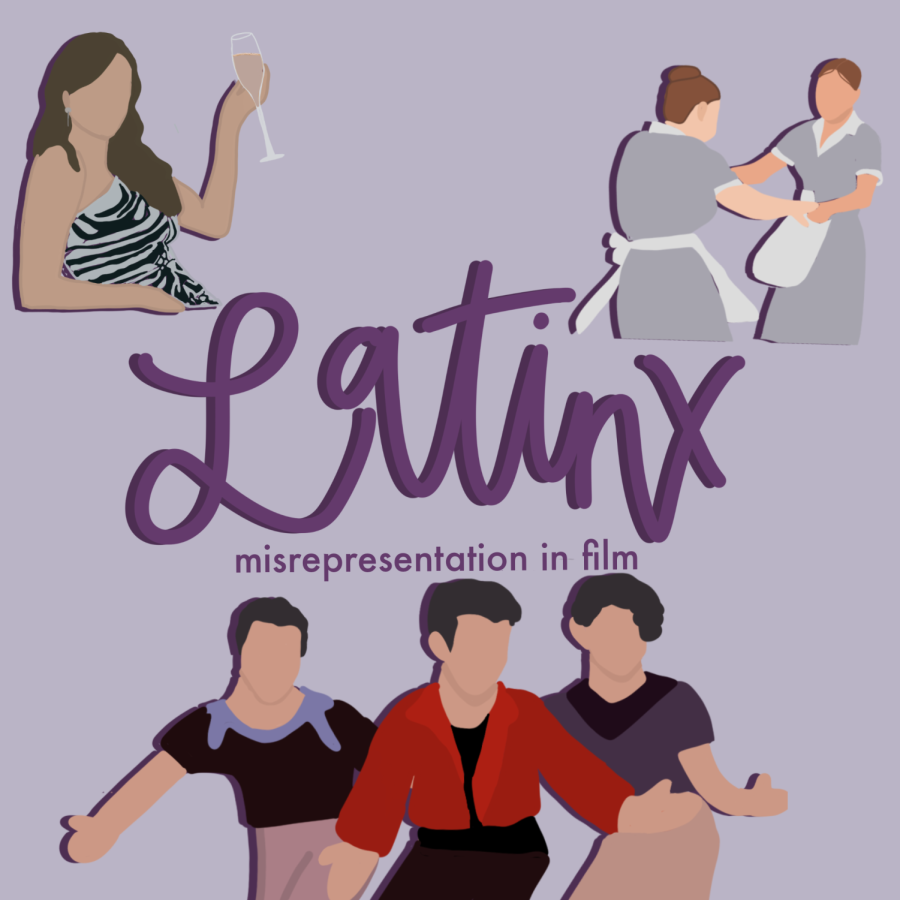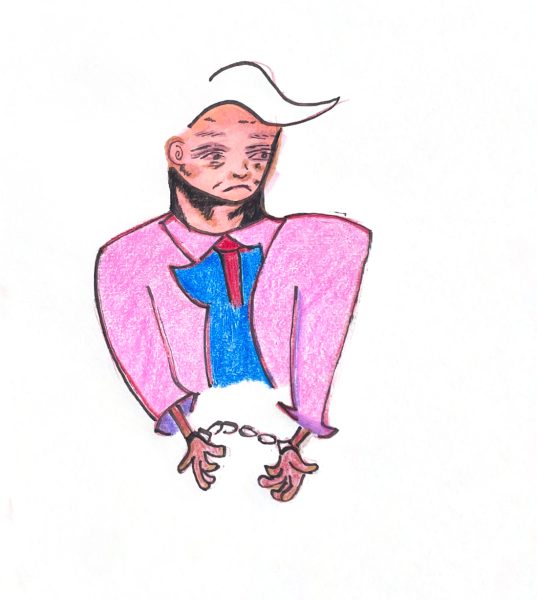Unpacking Latinx misrepresentation in movies
Stop stereotyping, start being authentic
January 18, 2022
Despite a recent push in the movie industry to increase diversity, especially after the #OscarsSoWhite campaign in 2019, an Annenburg Study found Hispanic and Latinx folks make up more than 18% of the population while accounting for only 4.9% of actors on screen. This statistic has changed little in recent years, but understanding why would mean grappling with how Latinx folks have been viewed systemically over several decades. Ana-Christina Ramon — director of research and civic engagement of the division of social sciences at UCLA — argues that executives in power view Latinx as foreigners. Such a widespread viewpoint has meant that the Latinx community is underrepresented and misrepresented in film.
When movies showcase Latinx actors, their vibrant culture and heritage are erased and replaced with dehumanizing stereotypes and hypersexualization. Early silent films marked Mexicans as villains, portraying them as robbers, murders, cheaters, etc. This image only grew worse after the Mexican Revolution in 1910, when the Mutual Film Corporation followed Pancho Villa, an agrarian revolutionary, to create a pseudo-documentary that focused on the gore and violence of the war rather than the more significant political issues in question. More recently, Steven Spielberg’s revival of West Side Story came under scrutiny after many claimed that the film diluted Puetro Rican culture to make it easily digestible for Western audiences. Furthermore, in 2019, more than one-third of lead Hispanic and Latino actors were portrayed as criminals.
For Latinas, the “spicy” and “fiery” representation of their character on film further contributes to negative stereotypes that undermine a complex and nuanced culture. Not only that, misrepresentation perpetrates white ideologies about Latinx folks and negative self-body image through the fetishization of Latinas. The depiction communicates that Latina celebrities are appreciated for their bodies, not for who they truly are as actors.
The industry seems to overemphasize stereotypes based on race and ethnicity without seeing them as people. It is not to say that filmmakers should ignore race and ethnicity altogether, but creating a character based solely on stereotypes without regard to who they are as people is damaging to young and old moviegoers alike.
It’s difficult to pinpoint and hope for a solution when it seems the misrepresentation of the Latinx population has continued for decades. Perhaps one area to start is in who is writing. To create authentic stories that accurately portray a complex and beautiful Latinx culture, there has to be a priority for authentic storytellers. Changes in the writing room can potentially shift narratives away from outdated and harmful stereotypes to mirror the demographics and, more specifically, people as they truly are.













